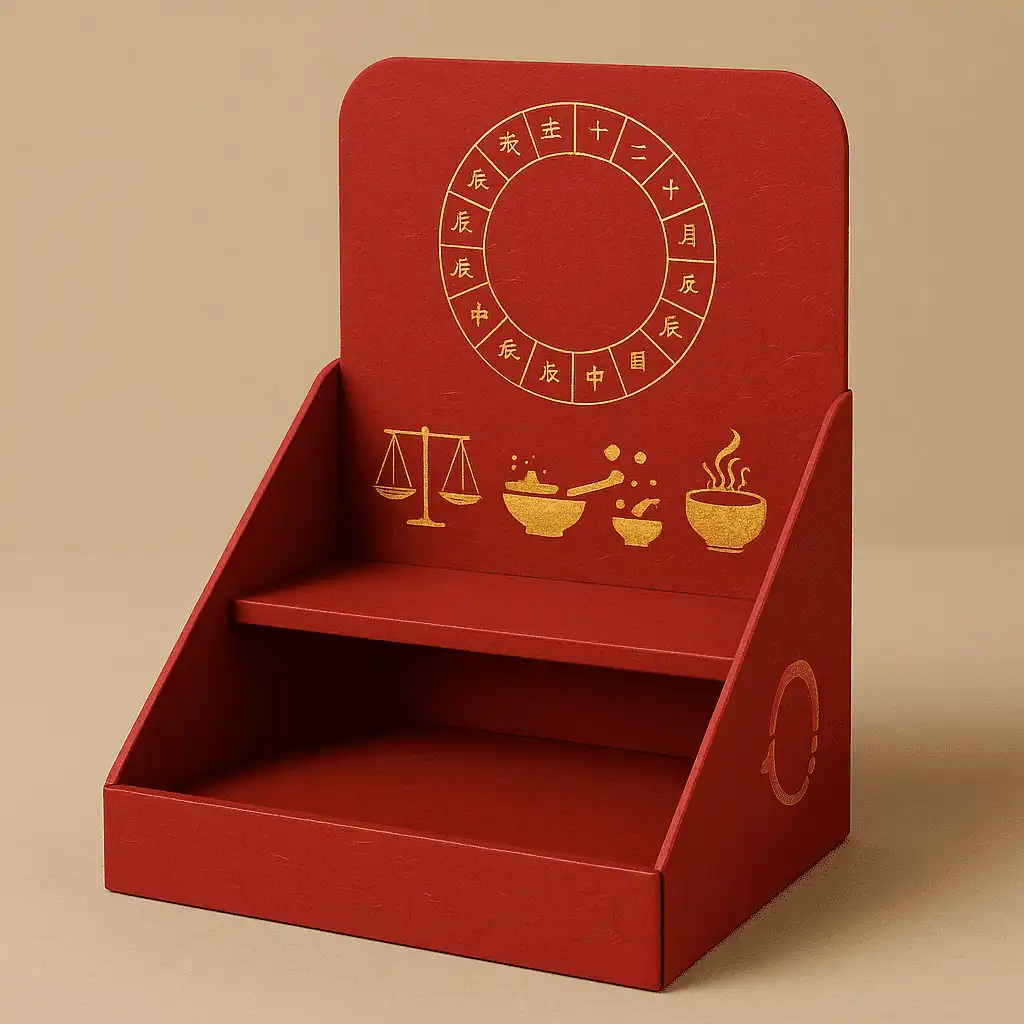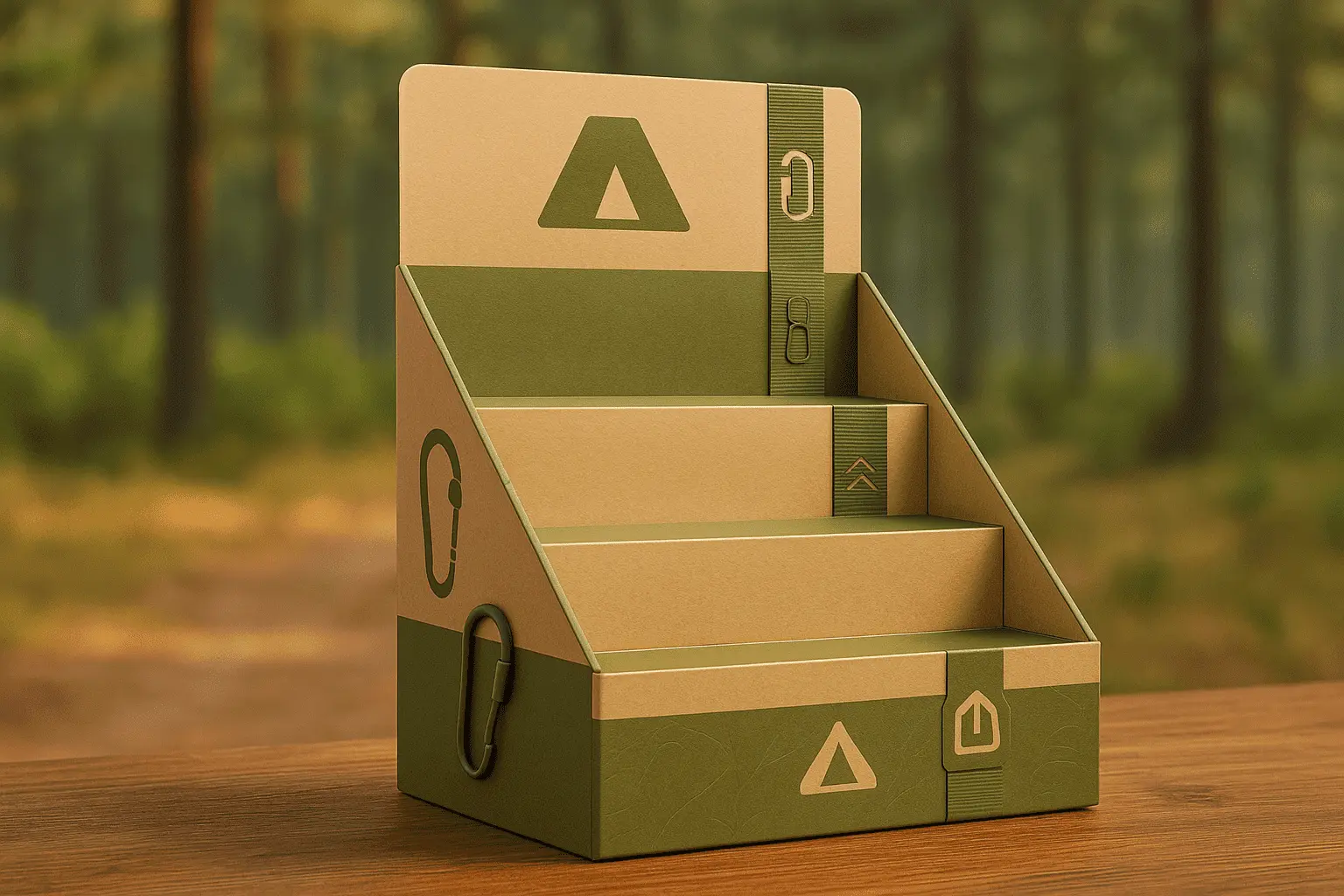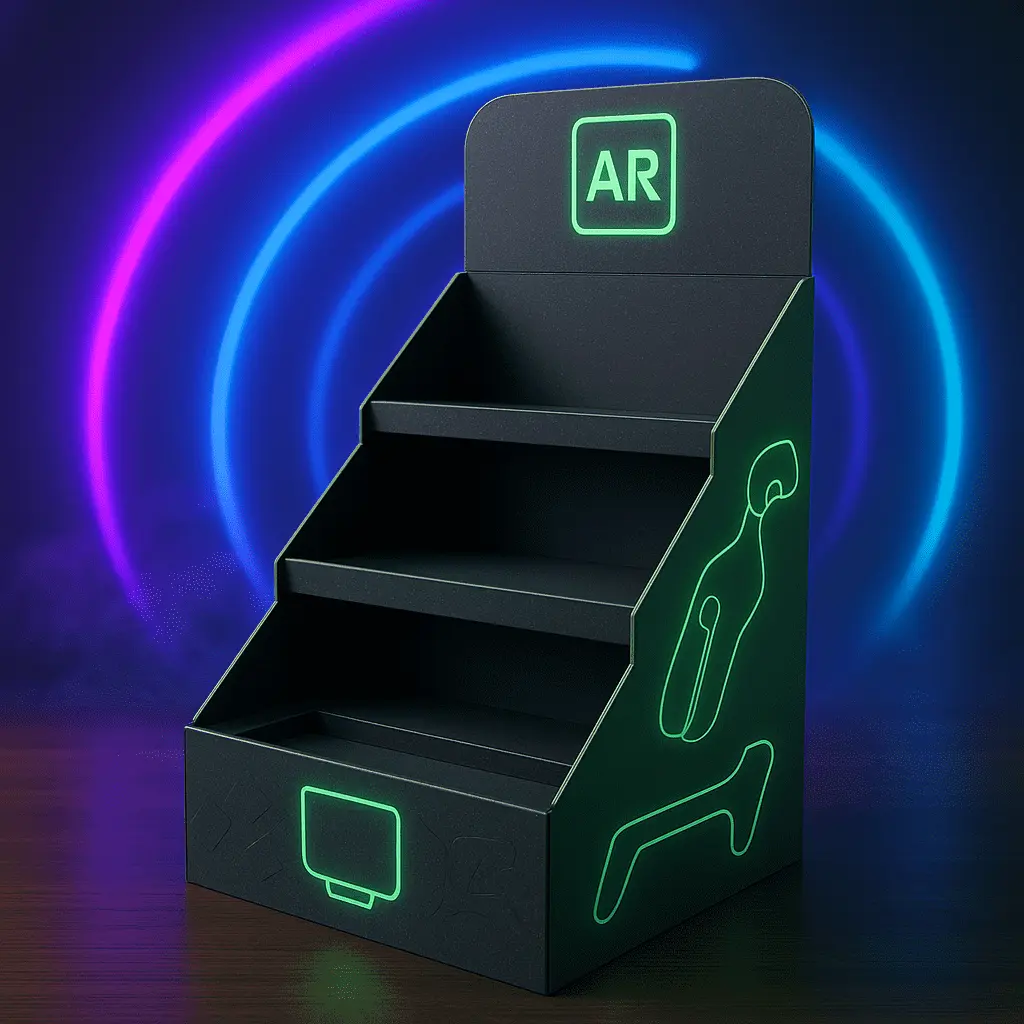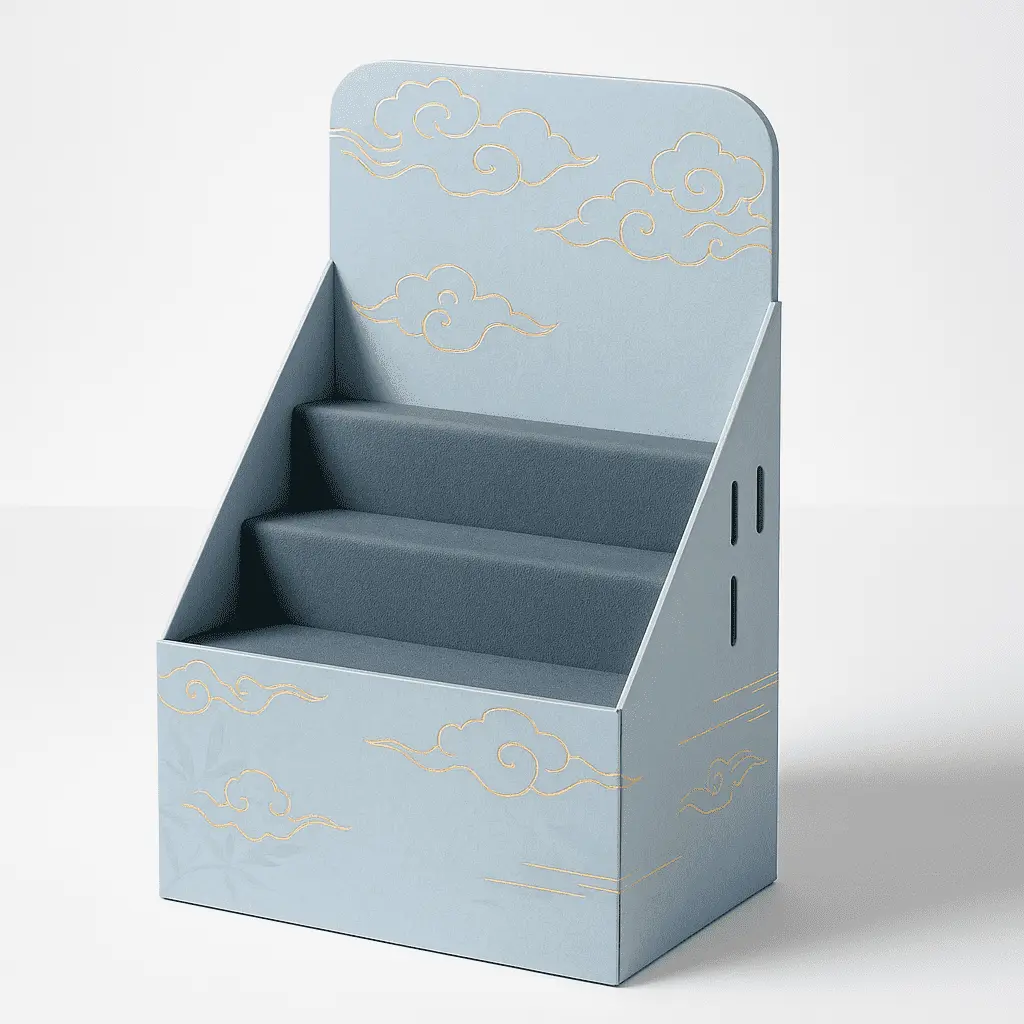Step-by-Step Guide: How to Assemble a PDQ Product Display?
Assembling a PDQ product display is a crucial skill for retailers and marketers looking to enhance their in-store presence. This comprehensive guide will walk you through the process of setting up an effective PDQ display, from unboxing to final placement. PDQ displays are designed to showcase products in an eye-catching manner, often used for impulse purchases or promotional items. By following these steps, you'll be able to create a professional-looking display that attracts customers and boosts sales. Whether you're a seasoned retail professional or new to the world of product displays, this guide will provide valuable insights to help you maximize the impact of your PDQ product presentation.

Understanding PDQ Displays and Their Benefits
What is a PDQ Display?
A PDQ display, short for Point of Display Quantity, is a versatile and efficient marketing tool used in retail environments. These displays are typically made from sturdy materials like corrugated cardboard or plastic and are designed to hold and showcase a specific quantity of products. PDQ displays come in various shapes and sizes, tailored to fit different products and retail spaces. They're often used for items that benefit from prominent visibility, such as snacks, cosmetics, or small electronics.
Advantages of Using PDQ Displays
The benefits of incorporating PDQ product displays into your retail strategy are numerous. Firstly, they enhance product visibility, making it easier for customers to notice and access items. This increased visibility often leads to impulse purchases, boosting sales of featured products. PDQ displays also offer flexibility in terms of placement, allowing retailers to optimize store layout and capitalize on high-traffic areas. Additionally, these displays are typically easy to assemble and replace, making them ideal for seasonal promotions or limited-time offers.
Types of PDQ Displays
There are several types of PDQ displays available to suit different product needs and retail environments. Counter displays are compact and designed for placement near checkout areas, perfect for last-minute purchases. Floor displays are larger and freestanding, ideal for showcasing a wider range of products or larger items. Shelf displays are designed to integrate seamlessly with existing store shelving, providing an organized and attractive product presentation. Some PDQ displays even come with interactive elements or digital components to further engage customers and provide product information.
Preparing for Assembly: Tools and Materials
Essential Tools for PDQ Assembly
Before beginning the assembly process, it's crucial to gather all the necessary tools. While PDQ product displays are designed for easy setup, having the right tools on hand can make the process smoother and more efficient. Common tools you might need include a box cutter or scissors for opening packaging and removing excess material, a flathead screwdriver for securing parts or adjusting components, and a measuring tape to ensure proper placement and alignment. Some displays may require additional tools like pliers or a rubber mallet for more secure assembly.
Understanding Your PDQ Kit Components
PDQ display kits typically come with all the necessary components for assembly. It's important to familiarize yourself with these parts before starting. Most kits include the main display structure, which may be in one piece or require assembly, product trays or shelves, header cards or signage, and sometimes additional branding elements. Some kits may also include fasteners, adhesive strips, or other small hardware for secure assembly. Take time to inventory all components and compare them against the provided assembly instructions to ensure nothing is missing.
Preparing Your Assembly Area
Creating an optimal assembly environment is key to a successful PDQ setup. Choose a clean, flat surface with ample space to lay out all components. Good lighting is essential for reading instructions and ensuring accurate assembly. If you're working with cardboard displays, consider laying down a protective covering to prevent damage from sharp edges or tools. It's also wise to have a waste bin nearby for disposing of packaging materials and any excess pieces. Organizing your workspace efficiently can significantly reduce assembly time and minimize the risk of errors.
Step-by-Step Assembly Process
Unboxing and Initial Setup
The first step in assembling your PDQ product display is carefully unboxing all components. Start by laying out all the pieces and cross-referencing them with the provided inventory list. Gently unfold the main structure of the display, taking care not to force any parts that seem stuck. If your display comes with a base, set this up first as it will provide stability for the rest of the assembly process. Remove any protective packaging or films from display surfaces, being careful not to damage any pre-printed graphics or branding elements.
Assembling the Main Structure
With all components laid out, begin assembling the main structure of your PDQ display. This often involves folding and locking cardboard panels into place or connecting plastic components. Pay close attention to the instructions, as the order of assembly can be crucial for stability. If your display has interlocking tabs or slots, ensure they're fully engaged for a secure fit. For displays with multiple tiers or shelves, start from the bottom and work your way up, checking for levelness as you go. If adhesive strips are provided, make sure to remove protective backings and press firmly to ensure a strong bond.
Adding Product Trays and Finishing Touches
Once the main structure is assembled, it's time to add product trays or shelves. These components are designed to securely hold your merchandise while showcasing it effectively. Align trays carefully and ensure they're level to prevent products from rolling or sliding. If your display includes a header card or signage, this is typically added last. These elements are crucial for catching customer attention and conveying key product information. Finally, give your assembled display a thorough inspection. Check for any loose components, ensure all graphics are properly aligned, and make any necessary adjustments to achieve a polished, professional look.
Conclusion
Mastering the art of assembling PDQ product displays is an invaluable skill in the retail and marketing world. By following this comprehensive guide, you've gained the knowledge to efficiently set up these eye-catching displays, enhancing your product visibility and potentially boosting sales. Remember, the key to a successful PDQ display lies in careful preparation, attention to detail during assembly, and strategic placement within your retail space. As you become more familiar with the process, you'll find creative ways to customize and optimize your displays for maximum impact, turning casual browsers into eager customers.
Contact Us
Ready to elevate your retail display game? At Guangzhou Huadu Fetching Color Printing and Packaging Co., Ltd., we specialize in creating custom PDQ displays tailored to your unique product and brand needs. Our expert team can help you design and produce high-quality displays that capture attention and drive sales. Contact us today at support@fetchingprinting.com to discuss how we can transform your retail presence with innovative PDQ solutions.
References
1. Johnson, L. (2022). The Impact of Point-of-Purchase Displays on Consumer Behavior. Journal of Retail Marketing, 45(3), 112-128.
2. Smith, A. & Brown, T. (2021). Optimizing Retail Spaces: A Comprehensive Guide to Product Displays. Retail Science Quarterly, 18(2), 75-90.
3. Chen, Y. (2023). Sustainable Materials in Retail Displays: Trends and Innovations. Green Retail Review, 7(1), 22-35.
4. Williams, R. et al. (2022). The Psychology of Impulse Purchases: How PDQ Displays Influence Decision-Making. Consumer Psychology Today, 33(4), 201-215.
5. Garcia, M. & Lee, S. (2021). Design Principles for Effective Product Displays in High-Traffic Retail Environments. International Journal of Retail Design, 12(3), 88-102.
6. Thompson, K. (2023). The Future of Retail Displays: Integrating Digital Technology with Traditional PDQ Formats. Retail Tech Innovations, 9(2), 145-160.




